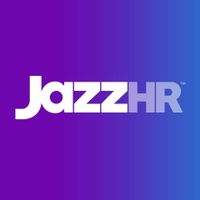BambooHR offers Free Trial, but ZingHR does not.
ZingHR is designed for Large Enterprises, Medium Business and Small Business.
BambooHR is designed for Large Enterprises, Medium Business and Small Business.
Pricing details for both ZingHR and BambooHR are unavailable at this time. Contact the respective providers for more information.
Some top alternatives to ZingHR includes BambooHR, Workable, GoCo, Paychex Flex, Remote.com and Rippling.
Some top alternatives to BambooHR includes Workable, GoCo, Paychex Flex, Remote.com and Rippling.















